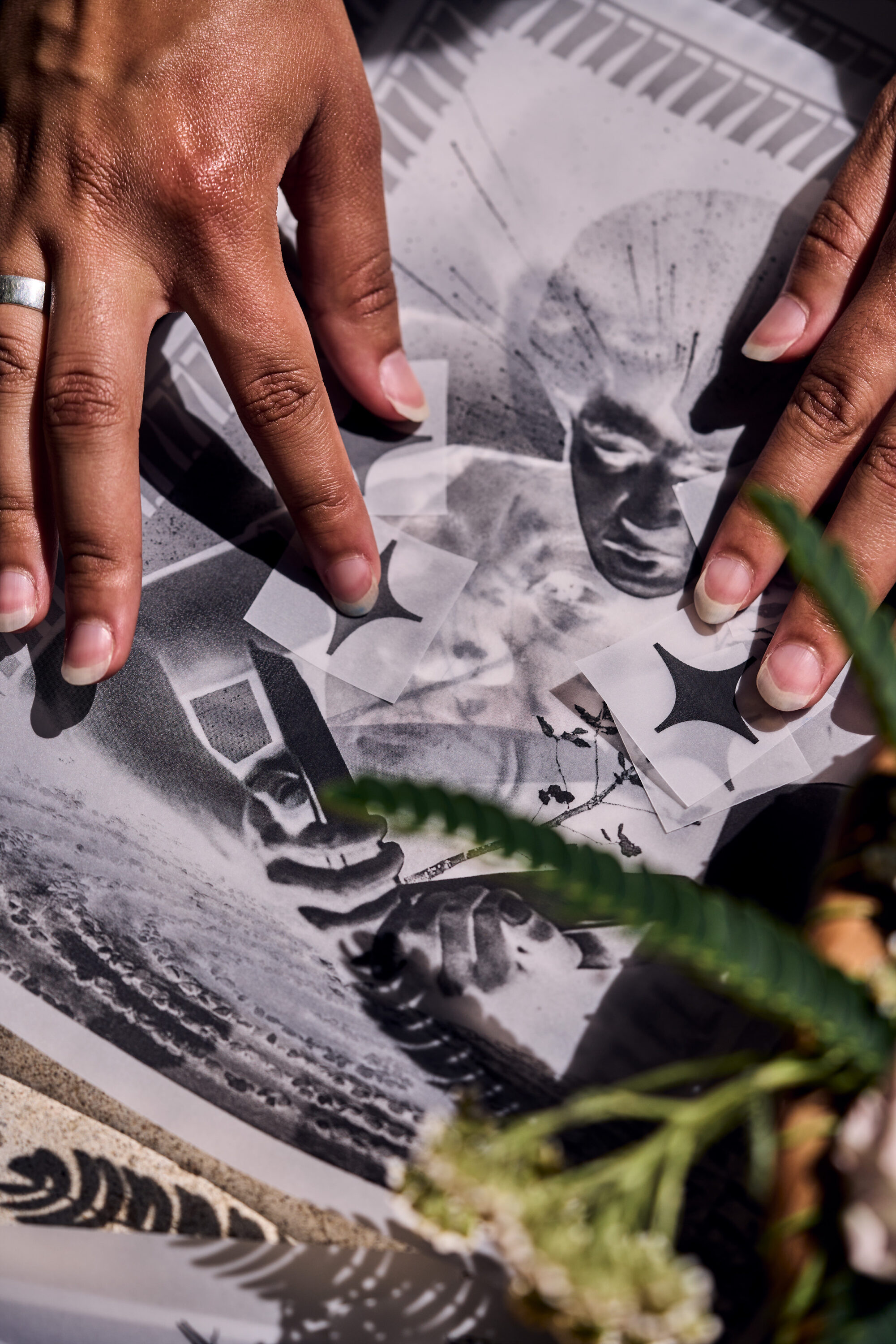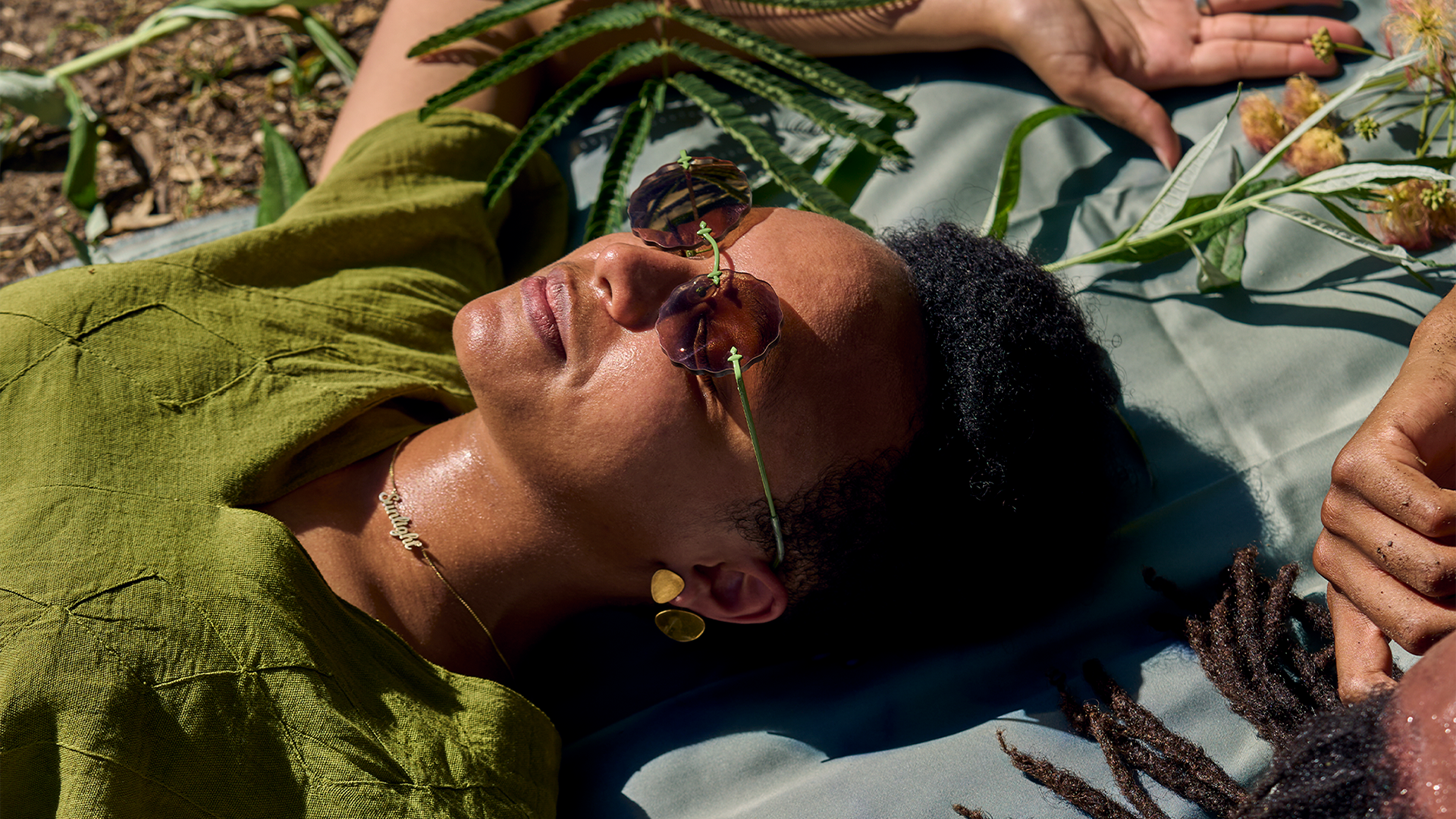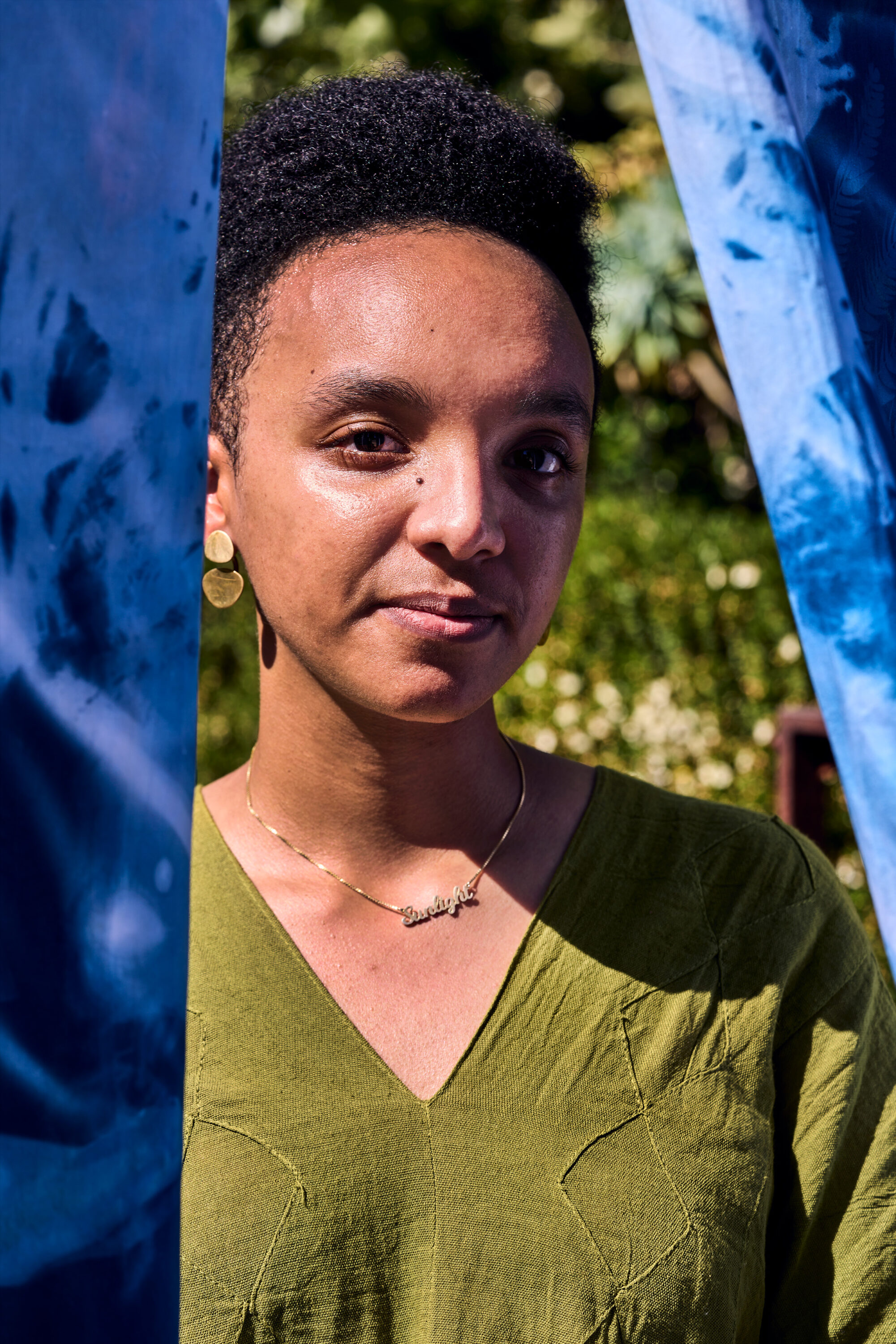
Schessa, you describe yourself as a designer, an artist, a writer, and a near-futurist. What do you mean by near-futurism? And what role does it play in your work?
There are a few ways I define it. One of them is rooted in an Octavia Butler quote. In response to a student asking how she comes up with the ideas for her stories, she said, “All I did was look around at the problems we’re neglecting now and give them about 30 years to grow into full-fledged disasters.”
As a self-described pessimist striving to be an optimist, and as somebody who loves fantasy and speculative fiction, this really got me thinking in terms of my writing and about the counterbalance to the way we usually think of sci fi and speculative fiction, which is, This is 200 years in the future. This is 2,000 years in the future. This isn’t a future where somehow the Earth has an unlimited amount of resources and energy for us to spend and to use. The next 30 years are full of potential. Metaphorical seeds that have been planted are now being watered by artists and activists…and also by millionaires and people who are destroying the planet to make a couple more bucks. But I think that this time period is calling for all of us to make massive shifts in how we think about our relationship to each other and to the planet. Some of that is remembering old ways. Some of that is inventing new ways.
So how can I take my climate anxiety and imagine how other queer Black and brown people are going to be handling that in 30 to 50 years? What tools will they have? What things can I write down now and think through and maybe pass on? As I consider how the world is going to drastically change in my own lifetime, I think there’s a balance of pessimism and optimism that’s necessary. Because on one hand, things will go bad, but that’s if I just sit back and say, “Well, things are going horrible and I’m just gonna go along for the ride.” Instead, even if I am one small cog in the machine, it only takes one or two cogs to like, pop out or defect for the machine to fall apart, right?
So many thoughts on this, but the first one is that I just finished this sci fi book called The Lathe of Heaven by Ursula K. Le Guin, about a man whose dreams affect reality.
Ha…relatable.
No spoilers but, when he tries to control the dreams things go terribly wrong, on a global scale. It’s an example of exploring many potential real outcomes in fiction.
Yeah, I think the other piece of it for me is that so much of narrative science fiction has either the entire Earth exploding in the end, or one white dude making it out alive. And he’s gonna plant potatoes on Mars and save humanity. And I’m like, Yeah, these are not the only two options. So a part of near futurism for me is thinking about the other ways things can go realistically.
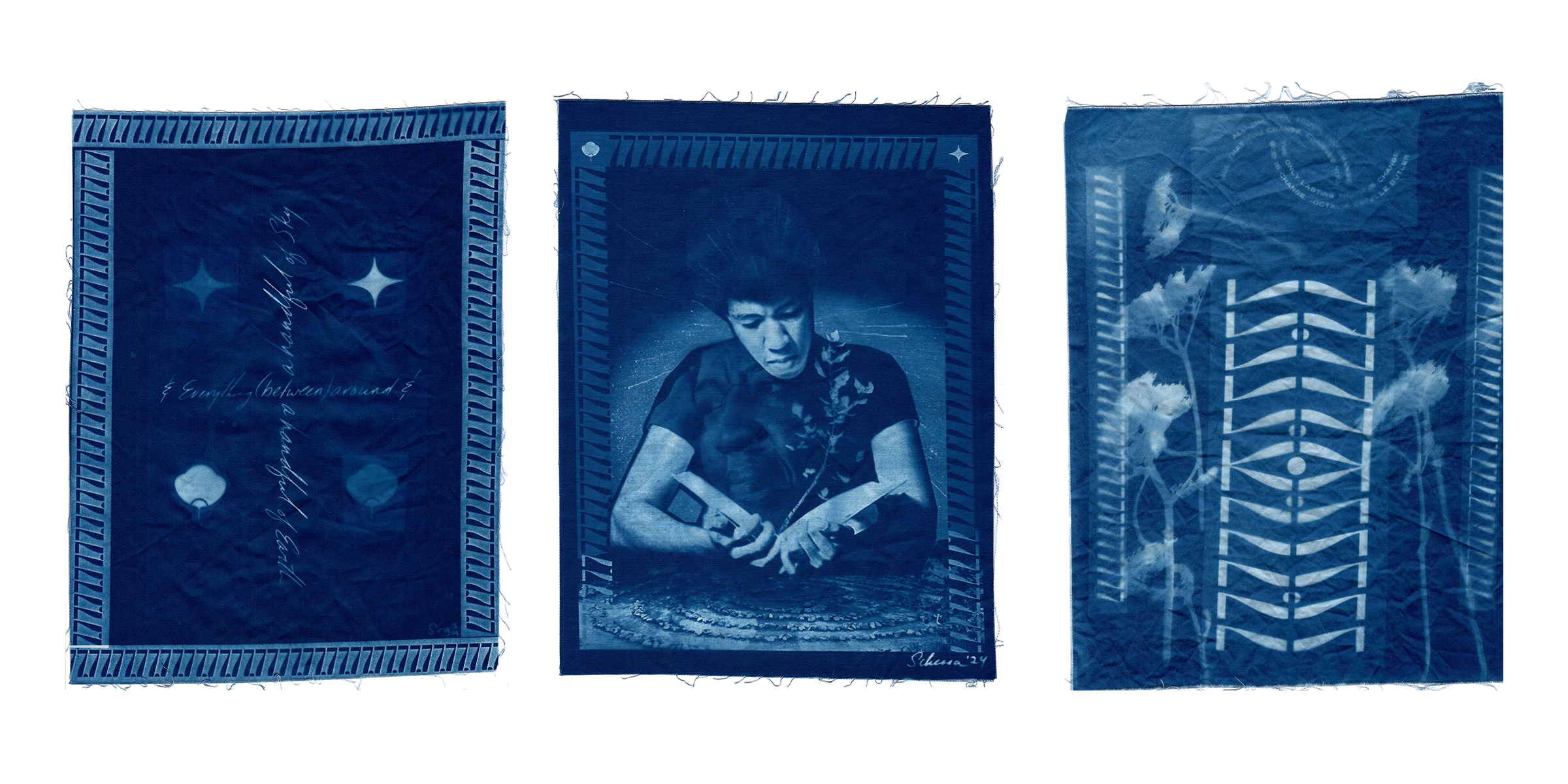
I want to go back to your mention of pessimism and optimism. Can you talk about these elements in your design and art? Do you feel like leaning into one or the other works better in different projects?
I think I would actually say that one of the major themes in my work is remembering. The part of it that feels optimistic for me is a lot of my work, whether it’s brand identity or illustration, has research and reference behind it to ancestral practices or indigenous practices of my own backgrounds, and the backgrounds of the clients or teams or communities I’m making things for.
I guess if I had to choose, I would go more towards optimism. Because my hope with imbuing these designs with ancestral symbols or knowledge, or even knowledge and symbols from the natural world, is that people will have a relationship to the designs that is much more than, “This thing is pretty so I want to buy it” or “This is a cool brand.” My hope is that if there is some sort of story or history held in the symbols I’m using that those might be remembered, consciously or subconsciously.
This isn’t a pessimistic thing, but sometimes I do cry when I’m working on my design work because I’ll find an element of history that just strikes me and makes me so emotional, or actually gives me hope or optimism.
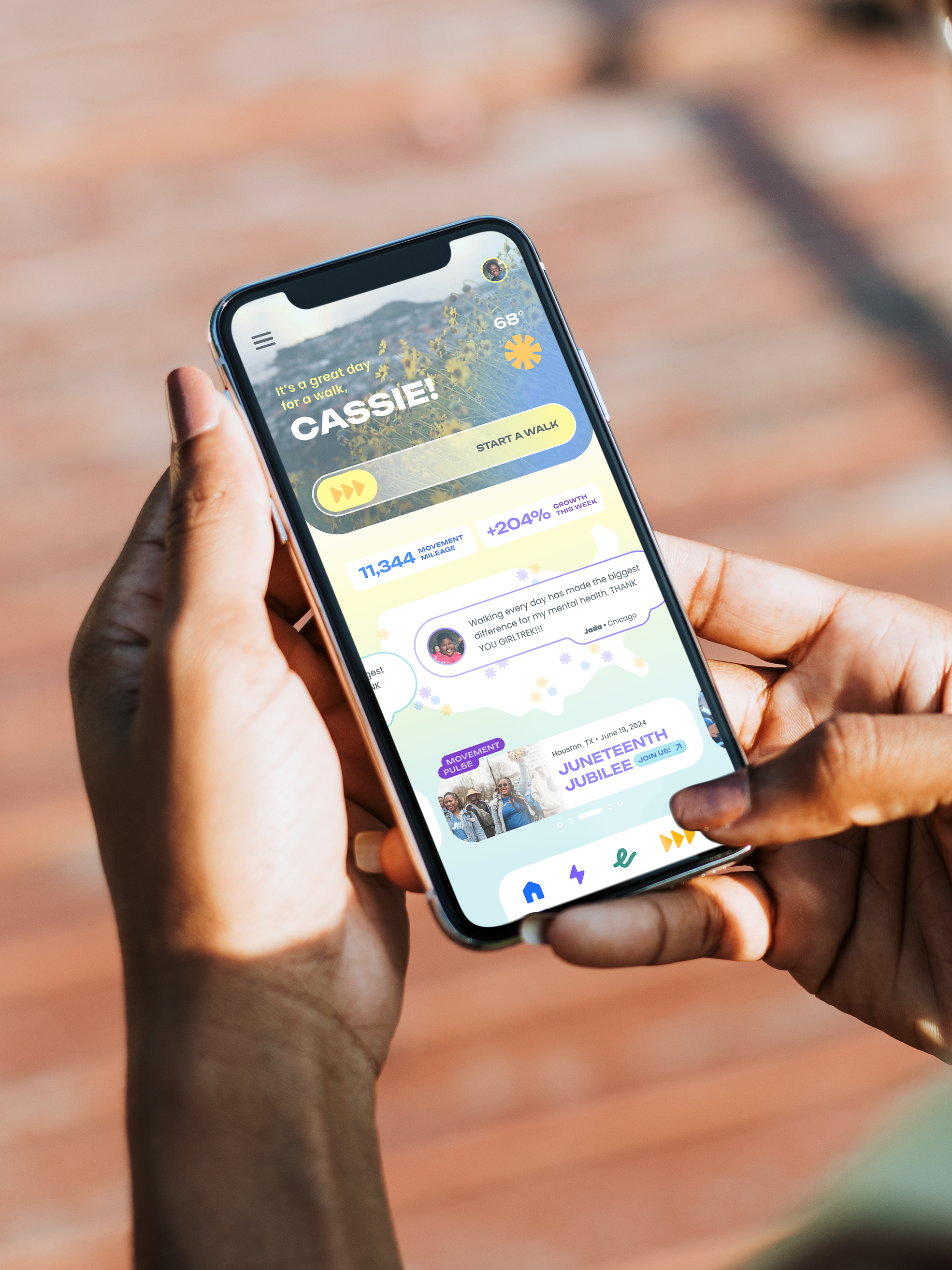
Is there an example you can share?
I was working on badges for the Girl Trek app, an incredible organization. The organization is made of a million Black women who walk with the mission of extending their life expectancies by 10 years within 10 years. The app has achievement badges that are related to historical events and one of my favorite designs I came up with was about the Montgomery bus boycott—black folks walked in solidarity for 380 days straight. It’s an image of a Black woman in the 1950s walking in the opposite direction of a bus. I mean how do you, in the space of like, 400 by 400 pixels, commemorate this incredible collective action that happened? And thinking, Oh, if we were capable of doing that, like pre-cellphone, pre-internet, what are we capable of now? The simple act of walking literally changed history! That’s all the stuff I’m thinking about to make one icon, on one app, in one project.
It’s an example of the central challenge of design.
Yeah! How do I make that feel meaningful and special? And how do I honor that history? A different client I worked with described our work as “prayerful.” And that really struck me.
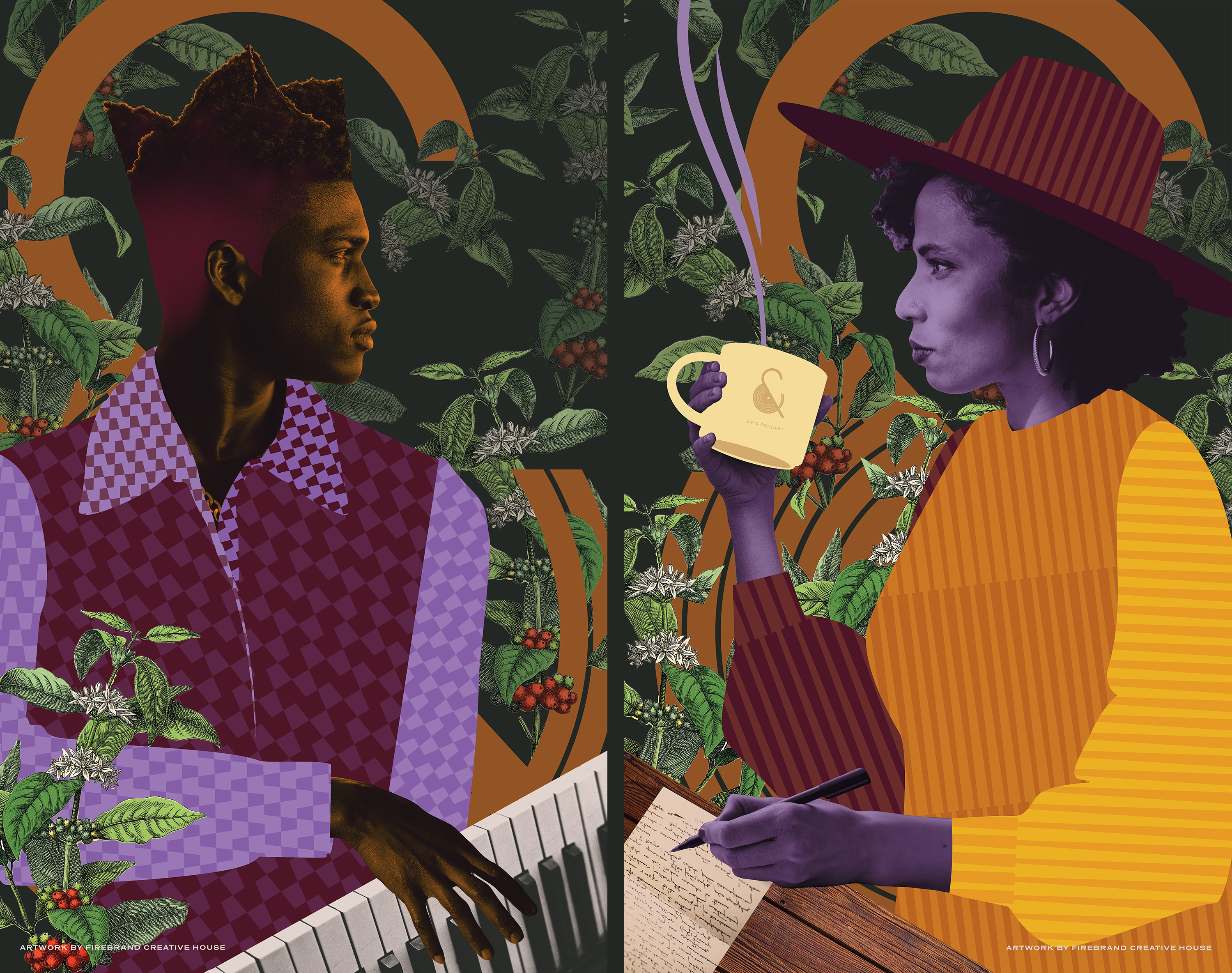
You’ve also stated that “design is listening.” What do you mean by this?
A large part of my process is having conversations with the people I’m working with, and that could be anyone from one activist, to co-founders, to interviewing dozens of folks that the nonprofit serves. So the ability to ask good questions and facilitate conversation that guides passionate people through the work they’re doing is so important. The design piece is trying to visually communicate all of the passion and purpose and the people behind the work. So it’s important to understand what matters to those people and how they want to specifically communicate. Listening to what makes this particular group unique in their approach or in who they’re serving, and turning that into something visual is a large part of the listening process for me.
I’m thinking of this Maya Angelou quote, “People will forget what you did, they’ll forget what you said, but they’ll never forget how you made them feel.” And that’s a tenant I hold true for the way that I interact with the people I’m co-designing with, but also how I think about branding. What is the feeling that I want the audience to come away with?
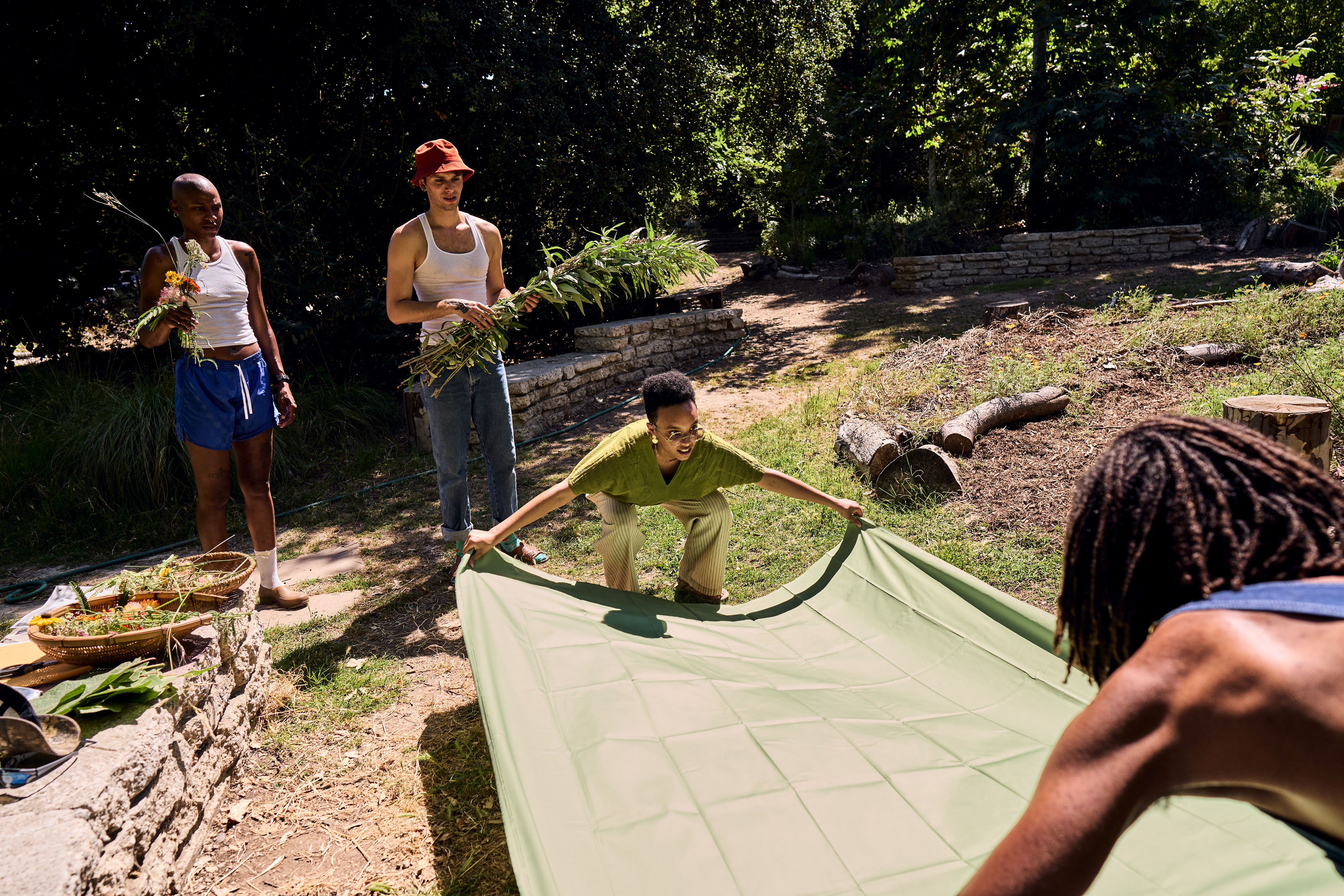
Design can be very much like a parachute in, saviorism activity, especially as somebody who does project-based work. Like, Oh, I’m parachuting in. I’m telling you what to do. And then I’m like, getting sky lifted out. But so much of what I’m continuously learning is, how do I empower the folks I’m working with instead of dictating to them? Some of the organizations represent people that have been silenced or disempowered or censored. So to actually listen is…well, I hope it’s like a balm.
I guess in different contexts, you have to tick up or tick down this sort of traditional consultant role. Do you find that to be challenging?
It’s a challenge. I have an interesting relationship to it. This year more so than ever, people have come to me and been like,”Just do your thing.” And I’m like, “You trust me? Do I trust me?” That’s always a challenge, to listen to myself and step into what my intuition is telling me. To go for walks and think about things, to go into research, to listen to my dreams.
There’s sometimes a point in a project where a client is very specific about things that we don’t agree on, maybe aesthetically or content wise, but they are telling me that this is what they need. Ultimately, they are the expert on whatever their organization does, or whatever the goals of their organization are, or how things work best for them. So that’s the point where creatively, I’m like, I’m not going to fight you on that. I’m the designer, but this design doesn’t belong to me. I’m making this to serve a purpose outside of myself.
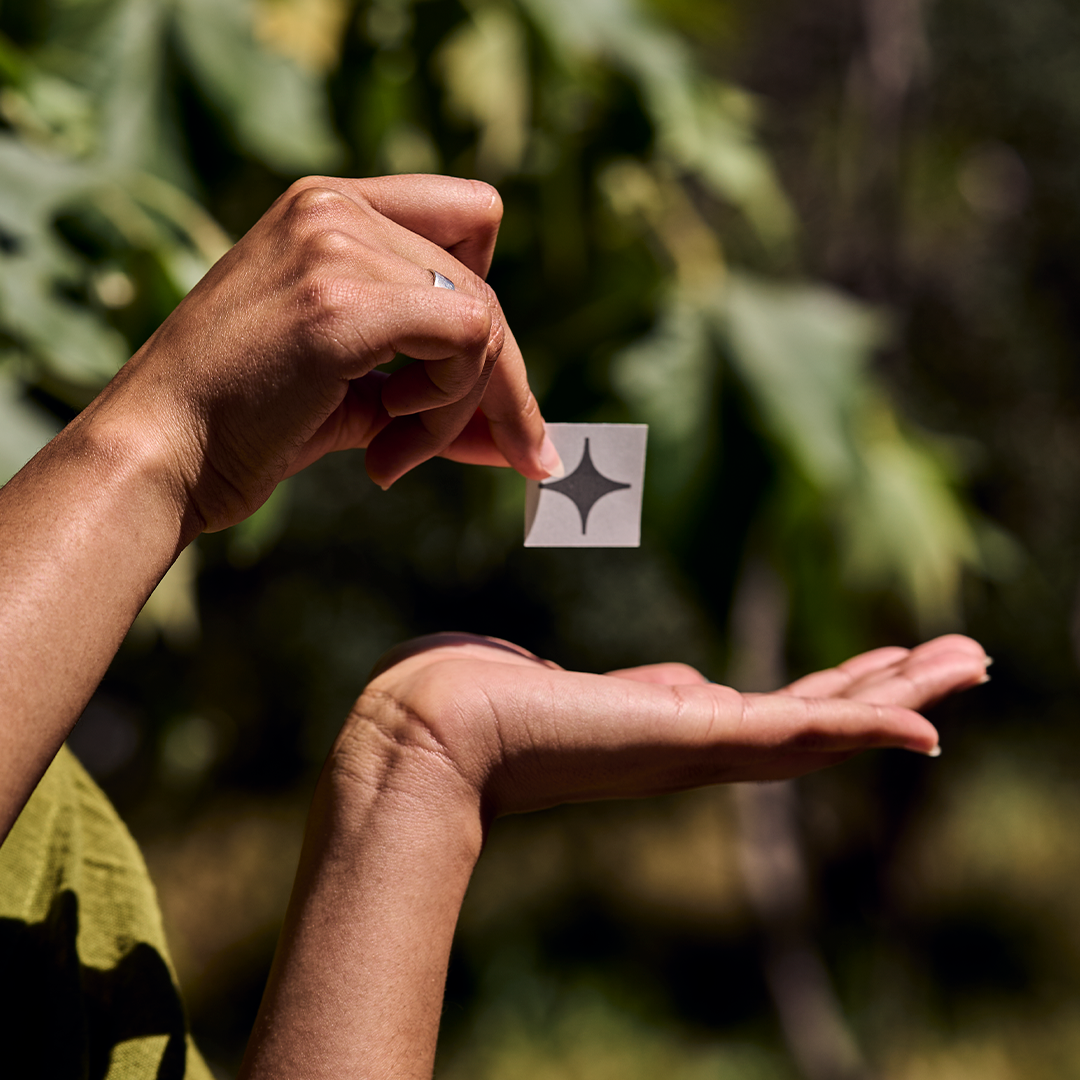
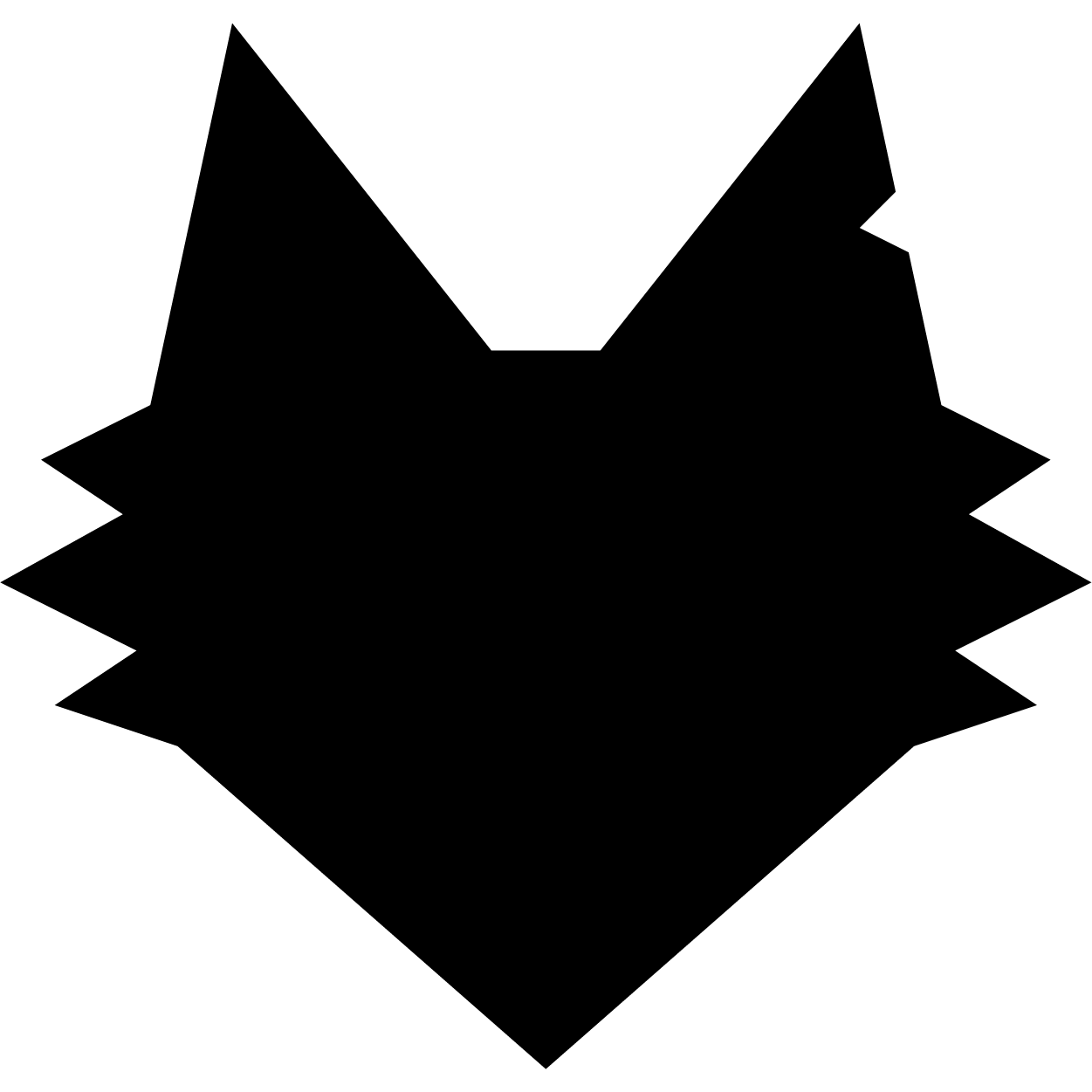
Have you experienced anything that ostensibly seemed like a failure, but that taught you something valuable?
I started my studio Firebrand in March of 2020. I didn’t know everything that would happen after that, of course. But several months later I landed this big website project for this big corporate client. It was a bigger budget than I had ever had. I didn’t think I could do it. Between the protests against police brutality, the pandemic, my own personal stuff, and trying to start a business, I was so burnt out. I don’t know if I was unwilling to ask for help, or if I just didn’t know how to bring in other collaborators and delegate. I had this feeling as the project was finishing up: I wish this was better. But I didn’t have the tools or the brain space or the emotional space.
What I learned was that I can’t do all these things alone. And now, 2024 has been the year I’ve actually hired the most people who have specific skills, whether it’s 3D rendering or design research or copy editors. Just being able to say, “I want this to be great and it will only be better if I bring people in and delegate to them properly.” It requires the perfectionist in me to take a seat.
It’s almost a whole other job in itself, figuring out how to let go of every detail…
Totally. Everybody wants to be the boss or the creative director, but we don’t get taught how to delegate. There’s not like a YouTube video you can watch on how to delegate well, you have to just learn through experience.
I’ll show you this spread I did as part of my class that I taught earlier this year, called Provoking Type. So the class itself is a critical theory course about type design. My piece was based off of this quote from Jack Halberstam: “Failure is the map of political paths not taken, though it does not chart a completely separate land; failure’s byways are all the spaces in-between the superhighways of capital.”
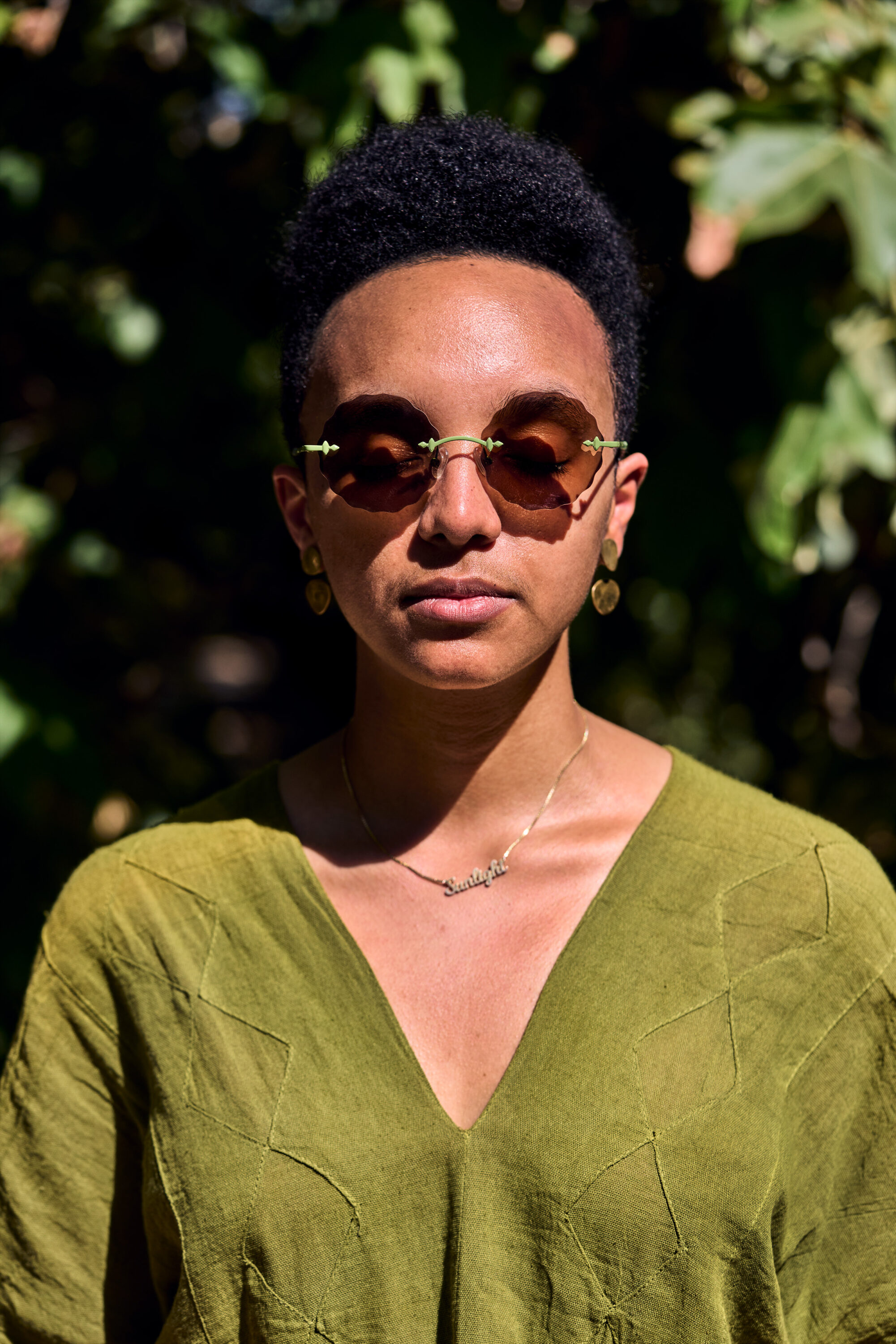
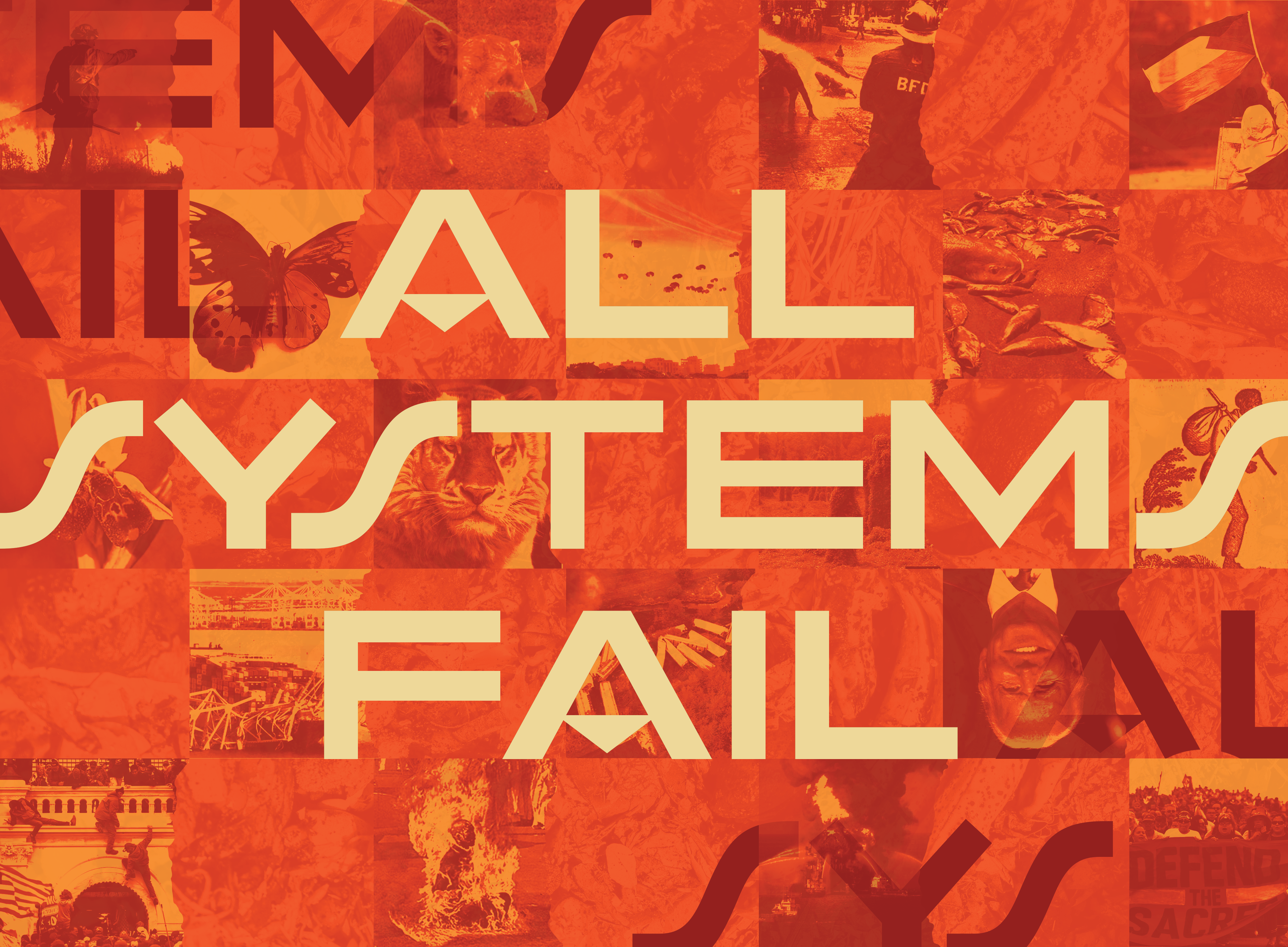
All systems have the capacity for failure in them. And maybe this is where the pessimism and optimism comes in. Unfortunately, that can look like a huge wildfire that burns for several weeks. But fortunately, it can also look like hyper-violent empires falling apart, and no longer being able to sustain themselves. That’s my relationship to failure this year.
Right, maybe timeframes are important to defining failure? Maybe something’s a failure in the short term, but creates positive change long term? Reminds me of this concept of the dialectic—everything’s undoing is contained within the thing.
The concept that’s been helping me make peace with failure, is when things fall apart and deteriorate, those pieces that are deteriorating and falling off are actually what we will use to build whatever the next thing is—like compost. And that’s true in nature. I wish it were more true in the ways that humans went about making things, letting those things have a new life. But it’s definitely also true in terms of culture and society—trends come and go, that doesn’t mean that they failed. And they all affect each other.
‘The Great Both/And’ is also something that comes up a lot for me, and maybe that’s more so the theme rather than optimism versus pessimism. There’s a little bit of everything in everything. And that’s fine.
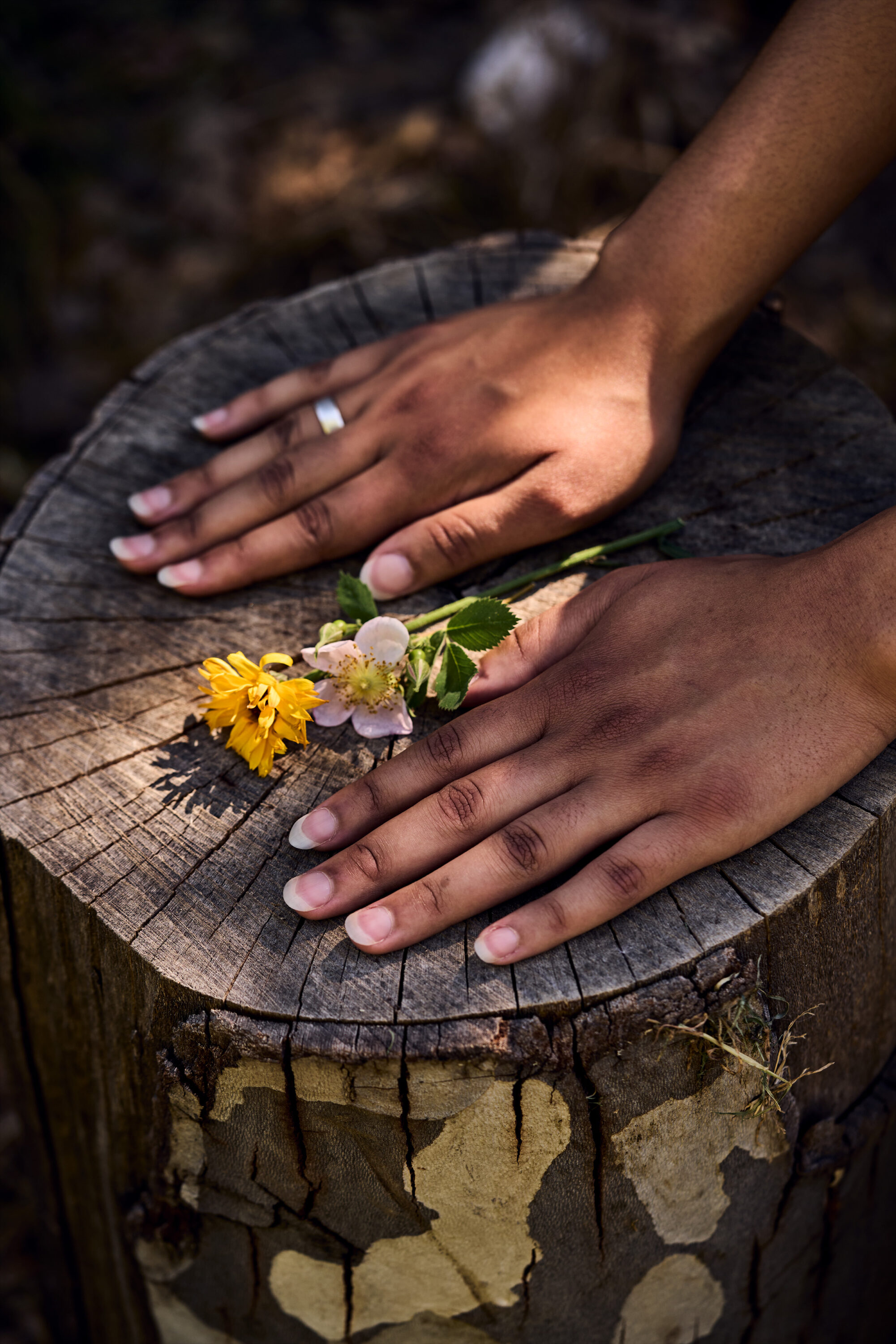
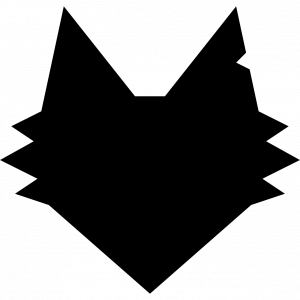
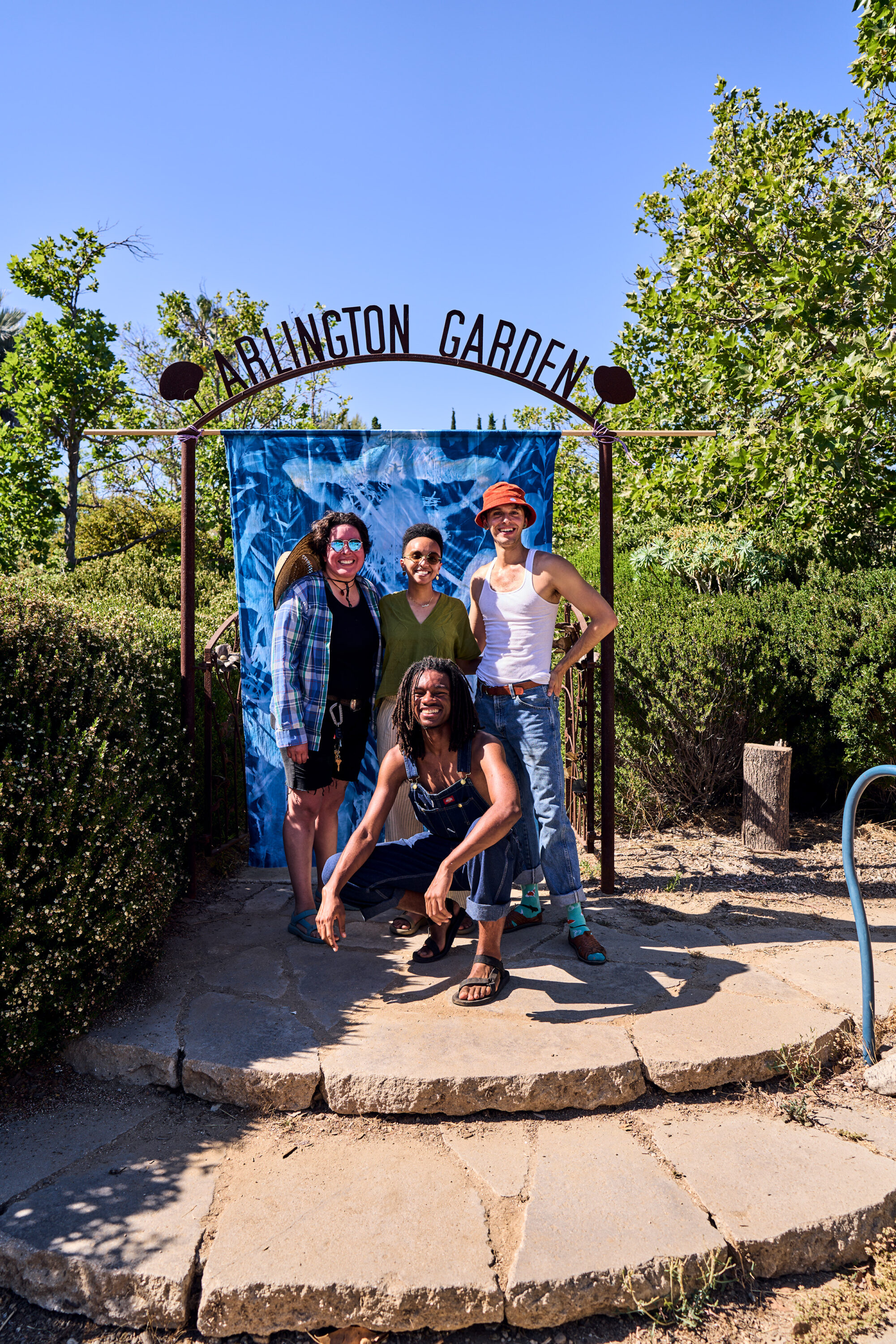
I want to ask about a sense of place in your work. Does Inglewood come into play in your work? Does anywhere else pop up?
Yeah, every six months, a friend and I get together and do a founders retrospective. We present to each other about what we did in the last six months. If you are starting a thing, have a buddy who also has started a thing and get together and talk about how it’s going. I’m bringing it up because the last time we met I made this chart of concentric circles [representing] different clients I had worked with. The outer circle was international, the next one was the United States, the next was California, and the next one was L.A./local. I realized I had something to put in each circle, which was really cool.
It is important to me to feel grounded and active in the community I live in. I think it’s really easy for us to feel like all this stuff is going on way over there and what can I do? Maybe all I can do sometimes is just be here. Literally, look around me and say, “Who are the friends? Who are the businesses? Who are the organizations in my city that are trying to make things better in L.A., in Inglewood? And how can I help them?” This is making me think of this concept—I’m not sure who said it first—of artists as first responders. I’m still grappling with that.
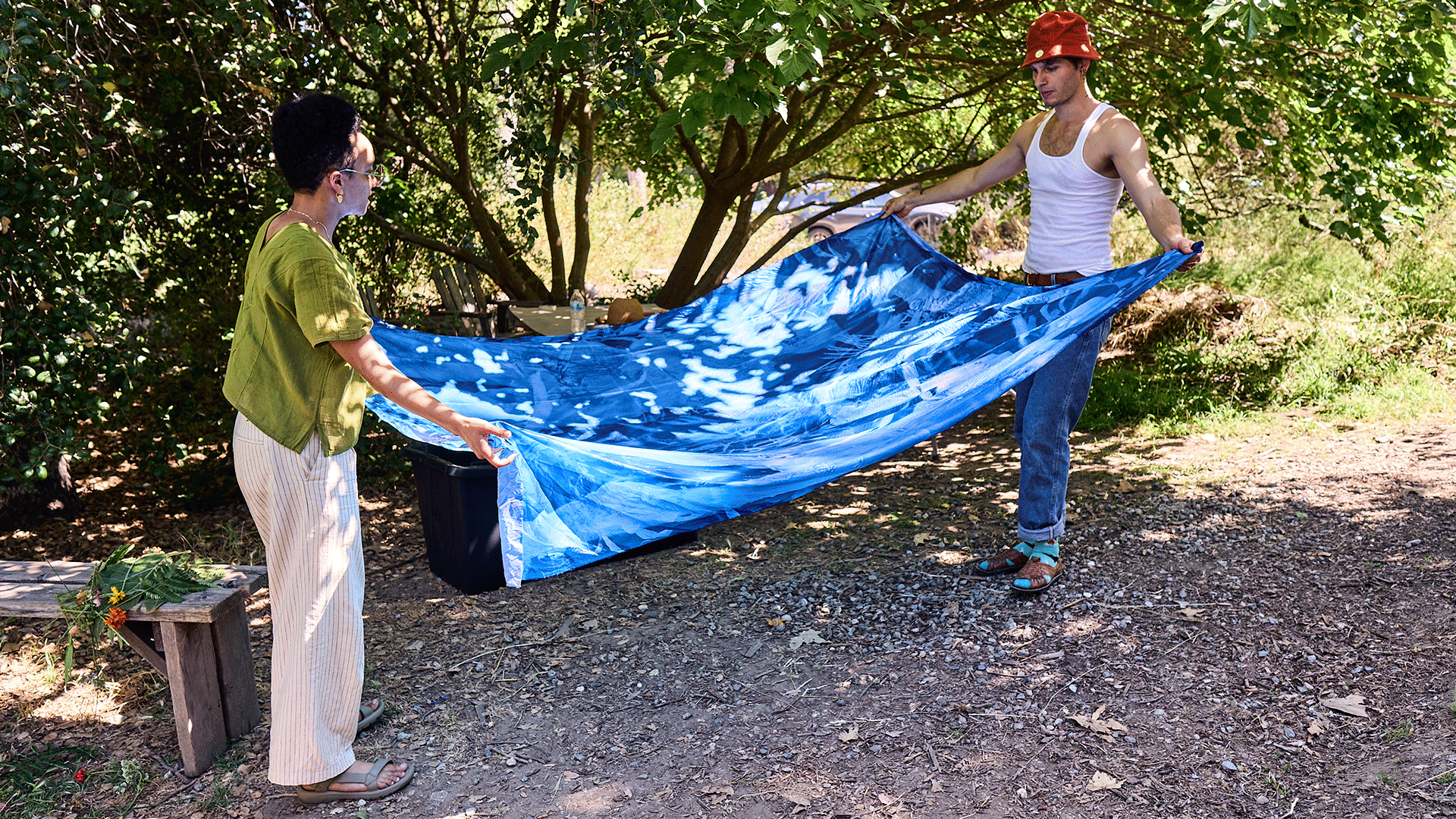
What’s your first take on this term?
For me, it means that we get so much information all the time, and we’re asked to consume it, but not really digest it. One of the roles of art is to help people feel or embody or contemplate the things that they are, that are happening, or that they’re seeing. Artist as first responder means art is this necessary piece of how humans understand and relate to each other. How can I, in this moment, respond to what’s happening in the world (genocide, violent resource extraction, climate chaos) or in my community and make something that can help other people embody or understand or empathize and not just continue to be apathetic?
Ok, let’s zoom back out—tell me how you found art and design.
I found it through school. And my mother was very supportive, in that immigrant parent way, where she’s like, “Do whatever you want, you just have to be the best at it.” She was always very supportive of my artwork. She would take me to, like, Saturday art classes all over the city. She would make sure she was cultivating the things I was interested in. When I won an art award for $1,000 in the 5th grade, she advised me to put half towards more art supplies. I feel really grateful that she showed me that my art can help me create more art.
I want to ask about the concept of discontent in your work too. What is the discontent you are working through? Are you working through it?
I’m very grouchy [laughs]. And the major discontent for me in starting Firebrand was, design is such a superpower and design can make people want things. It can make people do things. It can affect people, the way people see the world. And the big corporations of the world are using it on us and to destroy culture and destroy the planet.
We have this power as humans and we’re going to use it to hurt each other? I don’t understand that. I would say my process is generally frustration—a lot of writing sometimes, thinking my way through my issues with this thing. And not only am I going to complain about it, but I’m going to give anyone who chooses to read my work very specific ideas or prompts around how we can counterbalance. That was a lot of why I started Firebrand. Marketing can be used to sell us food that’s not really food, or it can be used to remind people that this isn’t the only way things have to go. And this isn’t the only way things have always gone.
Lastly, what are you looking forward to?
I’m excited for the ways that artists and designers are using and challenging the use of artificial intelligence. Even as companies like Adobe and Google are trying to erase the artists that keep their platforms going. I’m excited for the AI artwork, or the AI-adjacent artwork artists are creating that is critiquing or questioning or provoking these technologies that really aren’t coming through on the promises that they say that they are.
No artist wants to see us swallowed up by it, right? So how do we respond? How do we be first responders?
